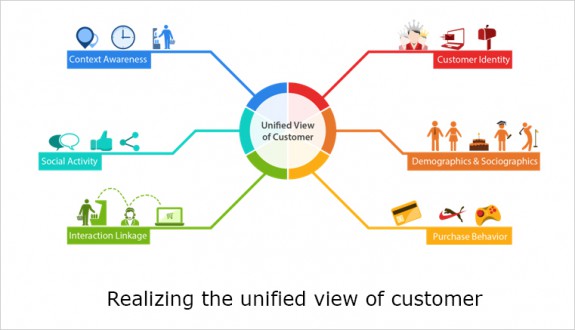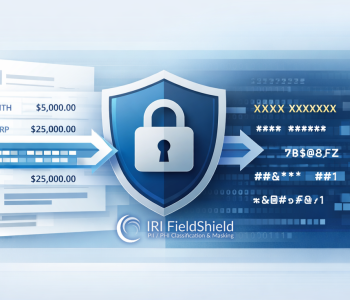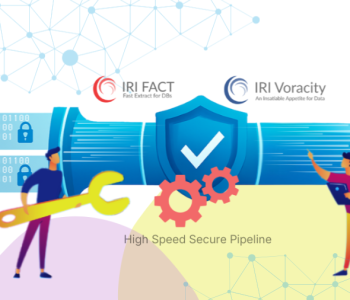
The Importance of a Unified View of the Customer
Customers drive business, and they want to be understood and valued. That starts with getting their (only) name right, and having an accurate view of their transaction history, preferences, and related information. Through master data management (MDM), a company can create a unified view of each customer … a single, holistic accounting of that person as an individual rather than a jumbled, redundant, or otherwise mismanaged abstract of information.
As a starting point, if master data is not in accord, John Smith to the accounting department could be John Smyth to marketing, Jon Smith to sales, John Smithe to IT, and J. Smith to customer service. Beyond the visual errors, real danger exists when a company cannot determine if all of these identities of John Smith are, in fact, the same person. Because John Smith’s identity has been siloed and fragmented, both the business and John Smith never reconcile.
What’s in a Name?
Frequently, the unified view of the customer is also called the “single view of the customer” and the “360-degree view of the customer” in business literature. There are problems with these terms. A single view is limited because customer scope differs accounting, IT, and other departments. Meanwhile, a 360-degree view is two-dimensional while customers are not.
When customer information is maintained accurately, and holistically in one place, all facts and relationship facets can be common knowledge in the organization. And while different views exist, they are at least aligned. The customer becomes a personalized and interactive multidimensional aggregate of characteristics that leads to common understandings and away from silo views.
Source: Tata Consultancy Services
Benefits of the Unified View
With a unified view, a company can instantly report on all their customer touchpoints and views. All interactions, including purchases, phone calls, email, chats, and social media dialogues, are compiled with other customer data, which may include buying preferences, addresses, and credit card numbers. Having this data integrated and centralized supports more meaningful and successful interactions with customers; it helps them feel as if the company sees them for the real, appreciated people they are.
According to the American Express Global Customer Service Barometer, “three out of four (74%) consumers say they have spent more with a company because of a history of positive customer service experiences.” Maximizing customer experience ensures happy customers, who then become loyal customers. Customer satisfaction is a natural by-product of compiling a unified view of the customer, and companies embracing that unified view stand only to profit from its implementation. Here are some benefits of having a unified view of the customer:

The Consumer Experience Impact Report found that 89% of customers switched companies after experiencing a poor service interaction. Coincidentally, a Gartner survey found that “nearly all companies . . . (89%) believe that customer experience will be their primary basis for competition by 2016,” according to Gartner Predicts a Customer Service Battlefield by Tom McCall. To remain competitive, companies must not only deliver a solid product or service, but follow through with outstanding customer interaction. If all of the data regarding a customer is in accord, that follow-through can be performed more accurately, consistently, quickly, and comprehensively.
Importantly though, the acquisition of customer information must be a symbiotic relationship. Businesses must provide some incentive of value equal to obtain customer information in the exchange. If both parties come away from the transaction feeling satisfied, the exchange succeeds. Consequently, businesses have an obligation to protect customer privacy, and to otherwise explicitly disclose when their data need be shared. It is only those enterprises that earn and retain customer trust that enjoy long-term customer relationships.
IRI Software’s Role
Data discovery wizards featured in the IRI Voracity data management platform enable pattern, string, and fuzzy logic searches to find matching or similar data based on various algorithms. Another wizard for Data Consolidation (unification) aids MDM efforts by determining redundancies and allowing the user to bucket standardized (master) values into target tables or flat files for centralized reference and reuse.
Additional data scrubbing features and validation functions in the core SortCL program underlying Voracity and CoSort support the quality of both reference and related data. Built-in, field-level data masking routines protect PII at the column level in every connected DB or file. Data integration, embedded reporting, and fast data preparation are also Voracity strengths, and can be leveraged for historical analysis and promotional decisions.
Thus with IRI Voracity, there is no longer a need to procure, learn, and maintain separate software and interfaces for data discovery, homogenization, cleansing, protection, and capitalization. Obtaining a unified view of customers, products, and other data can now be a simpler, more affordable exercise that’s also built into the larger framework of data life-cycle management.











